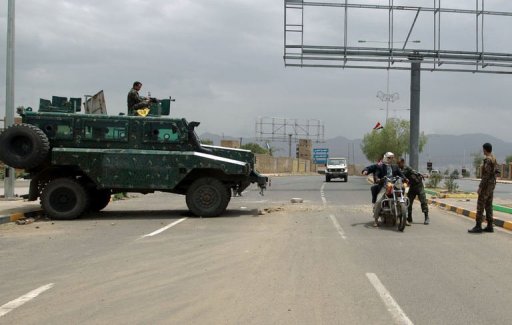
Marble Bar, a small town in western Australia, set a new record in December as it touched a gruelling temperature of 49.4C.
On Sunday, it was 49.2C, equalling January’s record of maximum temperature. It was also the 27th day in a row when the mercury remained above 40C in the city.
Marble Bar is one of the hottest towns in Australia. Its average maximum temperature in January is 42C, which is also combined with low humidity.
The new record was set with a relative humidity of 8 percent. It is this factor that allows humans to survive such heat since the sweat from our bodies cools us down. (That and air conditioning.)
Unsurprisingly, there is a limit to human endurance. When extreme daytime heat is combined with hot nights, the risk of heat stress or heatstroke greatly increases.
The equalling of record on Sunday followed a night where temperatures remained above 30C with a relative humidity of 40 percent.
That may be hard to imagine, but saunas attempt to reproduce this for short periods. Such heat produces a lot of perspiration, but little evaporation.
This heat has spread across Australia’s vast interior, through its southern parts to the state of Victoria.
Australian Open feels the heat
In Melbourne, the Australian Open tennis tournament started with a heatwave forecast.
The conditions on Monday were normal: 31C in the shade and about 45 percent relative humidity. This may reasonably be described as “warm and sticky”.
Last year, the temperature in the shade hit 40C halfway through the tournament.
This year, the forecast highs are around 33C for the first week, but the start of the second week might again bring temperatures near 40C.
The organisers are ready. There is a new Australian Open heat policy, whose five-step scale allows a differing response to rising heat on the tennis court.
Under the new system, 10-minute breaks will be allowed in men’s singles matches for the first time in a grand slam tennis tournament.
The scale is based on the maximum heat stress an athlete can safely withstand, the sweat rate of players and their core temperatures.
Though the risk looks lower this year than the last, Monday, Tuesday and Wednesday remain the biggest heat threats.












